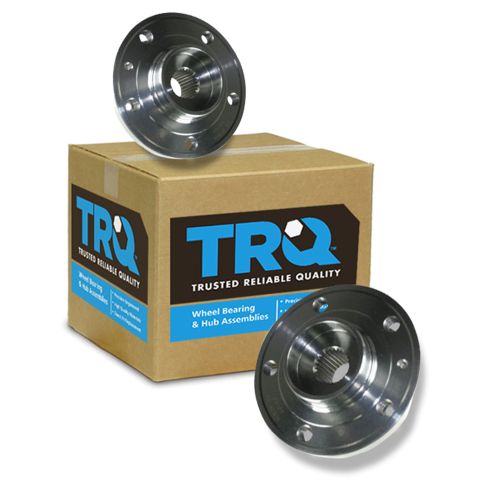1ASHS00186-Volvo 850 C70 S70 V70 Front Driver & Passenger Side 2 Piece Wheel Bearing & Hub Assembly Set TRQ BHA53444

Replaces
Volvo 850 C70 S70 V70 Front Driver & Passenger Side 2 Piece Wheel Bearing & Hub Assembly Set TRQ BHA53444

Product Reviews
Loading reviews
5.00/ 5.0
4
4 reviews
Hubs a great prices
April 28, 2018
After shopping around locally and finding out that no one had the parts but Volvo and they wanted your entire home. I went to my favorite car site and found these.
Not to mention the cost was great considering it was the while part. It wasnt even a shadow of an eye. I had to get them. Cheap then most car bearings.
Great product
great price.
Good replacement part
May 7, 2018
Good machining, perfect fit on a 1998 Volvo S70 T5 FWD
The job is not easy, and depending on the age of the car you are going to have problems getting the bolts out. Have spares on-hand or you're gonna get mad when you have to cut or torch one of the old ones out.
You may want to remove the whole spindle assembly and vice it so you don't have to do all the work in the restrictive wheel well
Bearing hub
September 8, 2018
Have to say , was a little nervous about quality of product for the price! But can honestly say the hub seems to be of good quality. Also had to call the company on a saturday because wasn t sure of fitment( volvo sub model crap) the salesperson was knowledgeable and very helpfull. Will be using this source again. reh
good
January 2, 2024
So far it seems like everything is good
Customer Q&A
No questions have been asked about this item.







